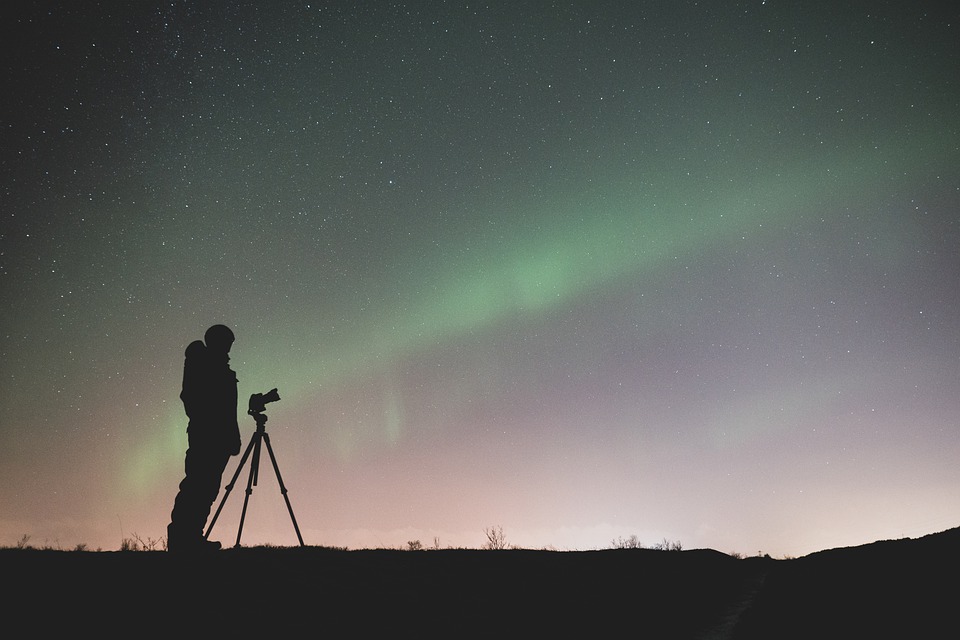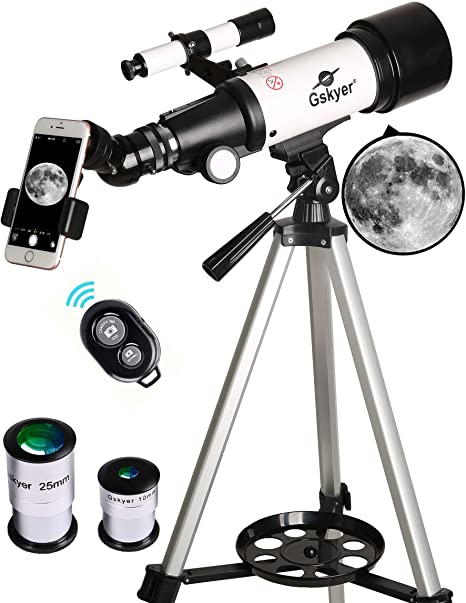Astronomy
Astronomy has been a hobby of man since ancient times. The sky offers an ever-changing show that is entertaining, intriguing, and even awe-inspiring. Observing the sky is relaxing for some people, with astronomy being used as therapy in many cases.
For others, it can be competitive with friends or family to see who can spot certain constellations first or identify the brightest stars faster than others. It’s possible to study astronomy at the university level with courses offered by most universities including both theoretical astrophysics and practical observational work on telescopes.

It’s also possible to just look up at the nighttime sky without any equipment whatsoever simply enjoying what nature has given us.
Benefits of Astronomy as a Hobby
Astronomy is a hobby that can be enjoyed by all people, of any age and at any level of scientific knowledge.
It doesn’t require expensive equipment to get started and can be as simple as looking up at the stars on a clear night and trying to identify constellations or planets.
For a lot of people, alone time spent under a clear night sky is relaxing and calming, giving a sense of perspective that is hard to describe but easy to appreciate. Many believe their lives became much less stressful after taking up astronomy as a hobby due to this ability to step back from their hectic lives and enjoy some peace.
Remember Astronomy as well as being an interesting hobby can be used as therapy for those who seek it, so next time your feeling stressed give it a try! There is something for everyone in the world of astronomy, making it a fantastic hobby for all to enjoy.
How to Get Started with Astronomy
Once you feel like you are ready for more there are many different ways you can take your astronomy. You could look more closely at the moon with an ordinary pair of binoculars or join an amateur astronomy club to show off your new skills and learn even more about the celestial bodies in our solar system and beyond.
Perhaps you might want to study some mathematics or physics first so you can understand better how the universe works and what you’re seeing.
There are even options for those who want to get involved with making their own telescopes observing equipment or software that allows them to study astronomical data online.
There are various types of astronomy to choose from, and they all have their own benefits for enjoyment. You can find out more about the types of astronomy below!
Astronomy as a Hobby: This type of astronomy is geared towards amateur astronomers who enjoy stargazing and learning about what they see when they look up at the sky. They usually carry around binoculars or telescopes to use in order to get a better view during their observations. This hobby requires the most patience because there are no guarantees it will work every time you try.
Professional Astronomer: This type of astronomer will spend their entire lives studying stars, planets, galaxies, and everything else in between. Their research may be used for other astronomers to use who do not have the same amount of knowledge that the professional astronomer does.
Astronomy Educator: This type of astronomy includes teachers, mentors, or anyone who helps educate others about the stars and what they are made up of. The responsibilities for this include teaching students how to learn about the night sky by themselves so they don’t need an educator to show them what is there each time. Usually, educators will utilize different methods like charts, books, or even looking through a telescope with their class.
7 Useful Types of Astronomy Accessories
Astronomy is more than just looking up into the sky and wondering what it all means about our place in the world and how we fit into the universe. It’s also about understanding them, which is why there are so many different types of accessories you can use with astronomy.
Telescope
A telescope is a must-have for those who are particularly interested in the stars and other bodies in our solar system. You can even use it to see faint objects that aren’t visible to the naked eye, like distant galaxies!
A telescope is an instrument that lets us see things far away. A telescope is also known as a Newtonian reflector. Here are some more facts about telescopes:
1) Telescopes are used to look at the sun, planets, galaxies, comets, and other objects that are not visible to the naked eye.
2) Telescopes are usually mounted on a tripod or balanced on a sturdy surface.
3) To use a telescope, most people peer through it with both eyes which gives their brain two images to process.
4) Telescopes typically have lenses with focal lengths of between 20 cm and 200 cm long.
Gskyer Telescope

This telescope is the perfect consumer’s tool for exploring the beauty of outer space from close range with a massive 400mm focal length and 70mm aperture. The aluminum structure has two replaceable eyepieces, one 3x Barlow lens, 5×24 finderscope with mounting bracket, and cross-hair lines inside make locating objects easily. The Gskyer Telescope also includes free mobile adapter cable to make your mobile phone working like Wireless Remote Control!
Star Charts
Some really neat star charts will help you find constellations and planets, which is exactly what you need if you want to explore the universe but don’t live in an urban or suburban area.
Star Charts will help you find constellations & planets.
Red Light Flashlight
A red light flashlight is perfect for viewing the moon or other bodies during the daytime without affecting your night vision, or even just to point out constellations that are visible to the naked eye.
Red light flashlights are perfect for viewing the moon during the daytime.
Barlow Lens
A Barlow lens is a magnifying lens that increases the magnification of your telescope, which can be particularly useful if you have a smaller telescope and want to see details of Saturn’s rings or Jupiter’s cloud belts.
Barlow lenses increase the magnification of telescopes & are perfect for seeing details in objects like Jupiter’s clouds belts.
Wide-field Eyepiece
A wide-field eyepiece is an especially helpful accessory if you use a monocular, as it will maximize the amount visible in your viewfinder even when using low magnifications! You can also purchase them separately from binoculars.
Widefield eyepieces maximize visible area when using a monocular and maximize area even at lower magnifications.
Thermos Flask
A thermos flask is a lifesaver if you’re camping or spending an extended amount of time outside, as it will keep your drinks hot for hours on end! Plus, they’re super stylish. Who doesn’t love a good astro-themed accessory?
Thermoses will keep your drinks hot/cold & come in handy when camping!
Astronomy Mobile Apps
Some really cool mobile apps can help guide you through the stars and make stargazing a little bit easier. You can download them from the App Store or Google Play to explore everything from detailed maps of Mars to movies about the Milky Way.
Mobile apps are great for exploring the night sky!
Conclusion
Astronomy is a hobby that can be enjoyed by anyone, in many different ways. It’s also possible to use astronomy as therapy for those who need it.
There are several different types of astronomers, each with its own responsibilities and benefits. No matter what type of astronomer you are or what your knowledge level is, there’s something for you in the world of astronomy!